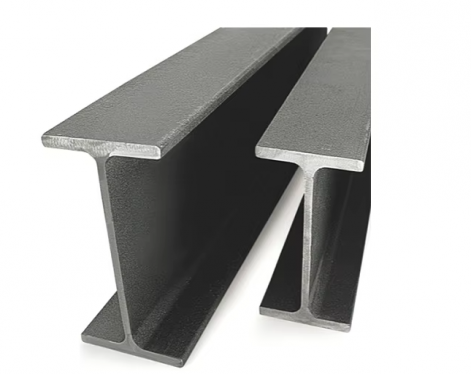ASTM A53 line pipe is a line pipe that belongs to the American Petroleum Standard. The line pipe is used to transport oil, steam, and water extracted from the
ground to the oil and gas industry enterprises through the line pipe. Line pipe includes seamless pipe and welded steel pipe, the pipe end has a flat end, a
threaded end and a socket end; its connection method is end welding, coupling connection, socket connection and so on.
Heat treatment process
With the development of pipeline steel plate technology and the development of welded pipe forming and welding technology, the application scope of
pipeline welded pipe is gradually expanding, especially in the large diameter group range, the advantage of welded pipe is more exposed and wet, coupled
with cost factors, welded pipe has occupies a dominant position in the field of line pipe, which limits the development of stainless steel seamless line pipe.
In 2004, the output of seamless line pipes was about 400,000 tons, and the steel grades included X42-70. The varieties include land line pipe and subsea
line pipe.
The production of high-grade pipeline is currently using a micro-alloying heat treatment process. The production cost of stainless steel seamless pipe is
significantly higher than that of welded pipe. With the improvement of steel grade, such as the restrictions on carbon equivalent of steel pipeline above
X80 The conventional process of seamless steel pipe is difficult to meet the user requirements; at present, each 12Cr1moV alloy pipe production plant is
carrying out scientific research work to improve the corrosion resistance of its line pipe and the stable performance in low and high temperature
environment.
Line pipe material: L245, L360, A53, J55, N80, X42, X46, X52, X56, X60, X65, X70
Specification of line pipe: ∮60-630×1.53-40
ground to the oil and gas industry enterprises through the line pipe. Line pipe includes seamless pipe and welded steel pipe, the pipe end has a flat end, a
threaded end and a socket end; its connection method is end welding, coupling connection, socket connection and so on.
Heat treatment process
With the development of pipeline steel plate technology and the development of welded pipe forming and welding technology, the application scope of
pipeline welded pipe is gradually expanding, especially in the large diameter group range, the advantage of welded pipe is more exposed and wet, coupled
with cost factors, welded pipe has occupies a dominant position in the field of line pipe, which limits the development of stainless steel seamless line pipe.
In 2004, the output of seamless line pipes was about 400,000 tons, and the steel grades included X42-70. The varieties include land line pipe and subsea
line pipe.
The production of high-grade pipeline is currently using a micro-alloying heat treatment process. The production cost of stainless steel seamless pipe is
significantly higher than that of welded pipe. With the improvement of steel grade, such as the restrictions on carbon equivalent of steel pipeline above
X80 The conventional process of seamless steel pipe is difficult to meet the user requirements; at present, each 12Cr1moV alloy pipe production plant is
carrying out scientific research work to improve the corrosion resistance of its line pipe and the stable performance in low and high temperature
environment.
Line pipe material: L245, L360, A53, J55, N80, X42, X46, X52, X56, X60, X65, X70
Specification of line pipe: ∮60-630×1.53-40









